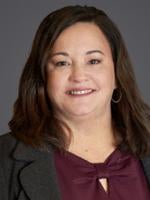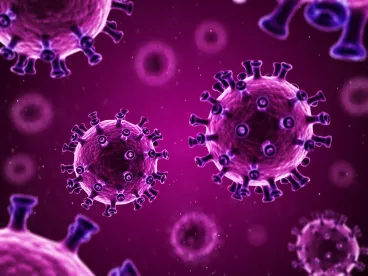Following on the California Department of Public Health’s (CDPH) issuance on October 14, 2022, of a State Public Health Officer (SPHO) order that clarified the definition of “close contact” and “infectious period” to provide entities with strategies for working together, the California Occupational Safety and Health Standards Board issued a fifteen-day notice with requests for written comments on proposed updated COVID-19 regulations to Title 8 of the General Industry Safety Orders.
At present, the California Department of Occupational Safety and Health’s (Cal/OSHA) emergency temporary standards (ETS) remain in place through December 31, 2022. The proposed regulation would take effect on January 1, 2023. Significant proposed changes to COVID-19 prevention regulations include the following.
With respect to the new definition of “close contact,” its meaning would always be superseded by the CDPH definition in SPHO orders, to the extent that definition conflicts with the Title 8 section 3205 definition. This was part of the prior text of section 3205. However, the definition in the proposed new section 3205 is more detailed than the definition that was included in the SPHO order of October 14, 2022, and so there would be no conflict in the definition.
-
Scope of application (section 3205(a)(1)): The section would apply until two years after the effective date, except that recordkeeping requirements would apply until three years after the effective date.
-
“Close contact” (section 3205(b)(1)): The definition tracks the CDPH definition in the SPHO order, but would add that such close contact applies whether or not face coverings are used.
-
Exception for pass-through of “exposed group” (section 3205(b)(7)(A)): The definition would remove the requirement of all persons present to wear a face mask.
-
“Returned case” (section 3205(b)(11)): This proposed regulation would decrease the time for a person to be considered a returned case from ninety days to thirty days for all elements of the definition.
-
“Universal precaution” (section 3205(c)(1)): The definition would be totally modified to state that employers would be required to “consider all persons to be potentially infectious regardless of symptoms, vaccination status, or negative COVID-19 test results,” in the course of determining measures and policies. This would be a substantial and more burdensome requirement.
-
Notice requirements would be unchanged except for reference (section 3205(e)(1)-(3)): The existing section referenced Labor Code section 6409.6(a) and subsection (a)(1); the proposed revision would reference only Labor Code section 6409.6, as a whole. The substance of the notice requirements would be unchanged.
-
“Ventilation” (section 3205(h)(1)): Employers would no longer be required to evaluate whether their method of ventilation is adequate to reduce risk. The proposed language would require the methods of ventilation to be “effective.” Otherwise, the definition and requirements would be unchanged.
-
Reporting and recordkeeping (section 3205(j)): Employers would no longer be required to report to the local health department when required by law, but would still be required to track all COVID-19 cases with name, contact information, occupation, location of work, and last day at workplace, as well as the date of the COVID-19 positive test or diagnosis.
-
“Exclusion pay” would no longer be required. Employees would receive other benefits and use sick pay or other benefits, but employers would not be required to pay employees who have contracted COVID-19 in the community and cannot come to work.
-
A new section—section 3205(i)—would require employers not covered by the Aerosol Transmissible Disease Standard but that may have exposure to aerosolizing procedures to evaluate the need for respiratory protection to prevent the spread of COVID-19.
The key changes to Title 8 section 3205.1 (COVID-19 Outbreaks) would include revisions to the scope of coverage during an outbreak and a relaxation of distancing requirements during major outbreaks.
-
Scope (section 3205.1(a)(2)): This section is used to require application until “there are no new COVID-19 cases detected in the exposed group for a 14-day period.” The proposed language would revise “no” to “one or fewer”—a less stringent standard. This would likely make it easier for employers to move out of the outbreak requirements earlier during spikes in community spread.
-
Major outbreaks would no longer require enforcement of a six-foot rule.
The proposed regulations for employer-provided housing (section 3205.2) and employer-provided transportation (section 3205.3) are similar to the present emergency temporary standard.





 />i
/>i

